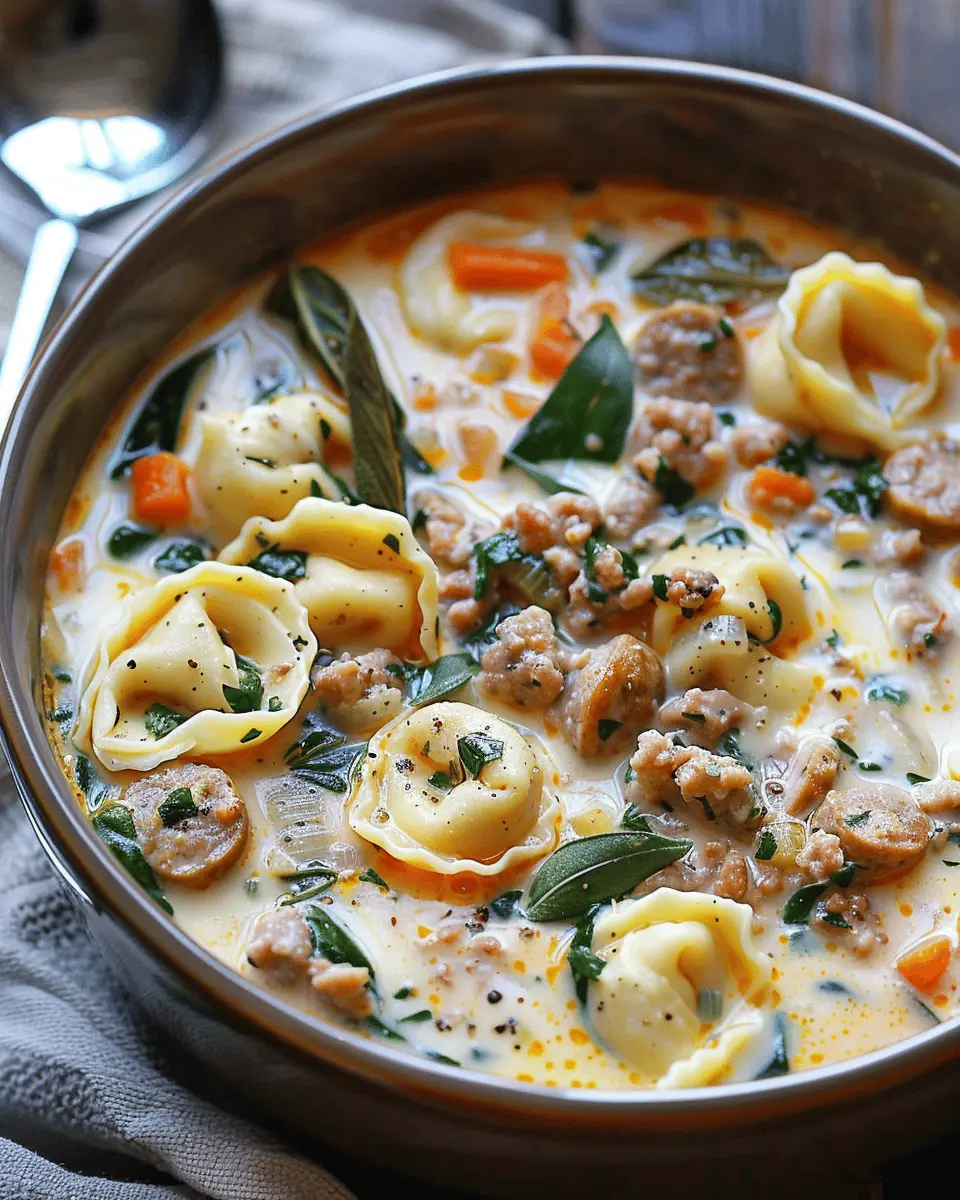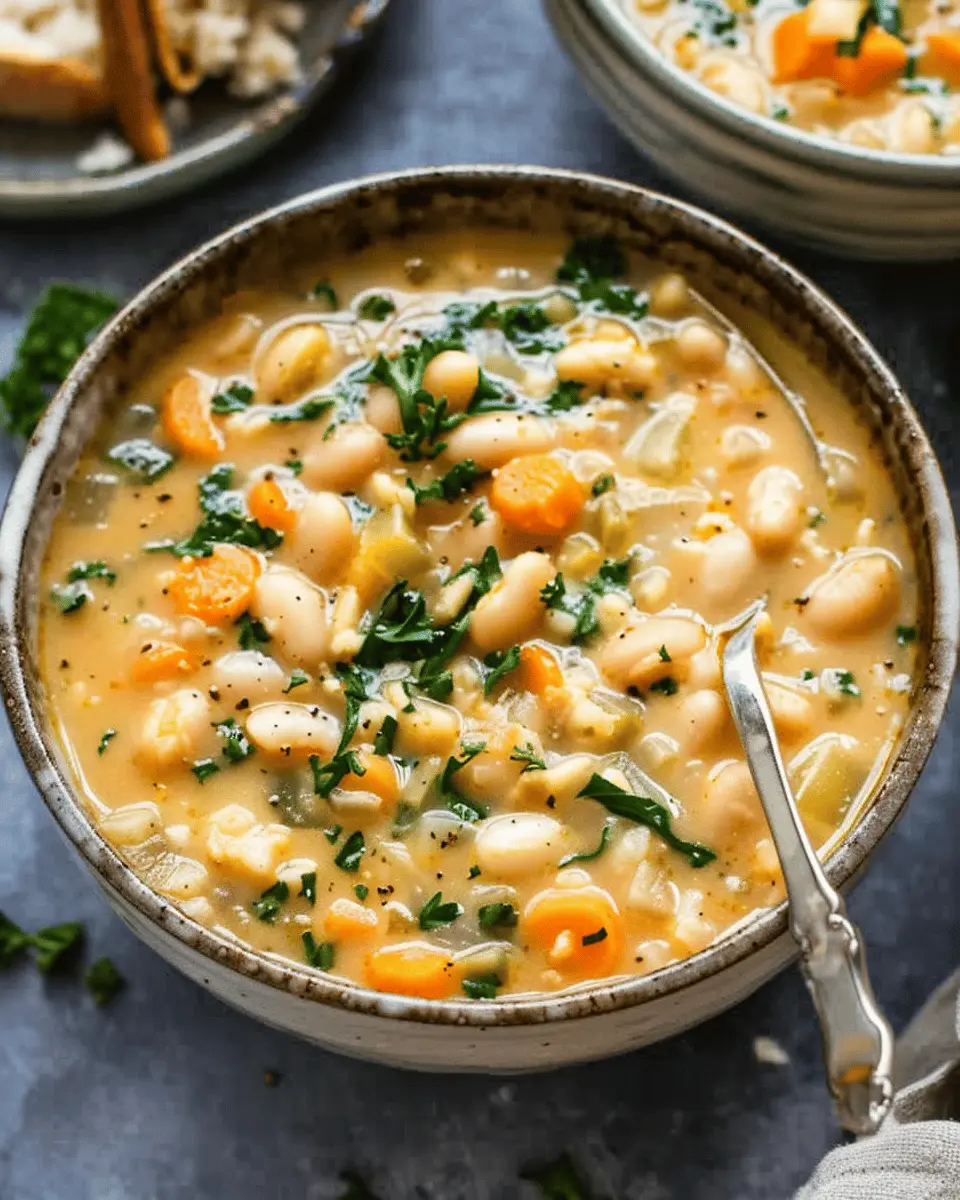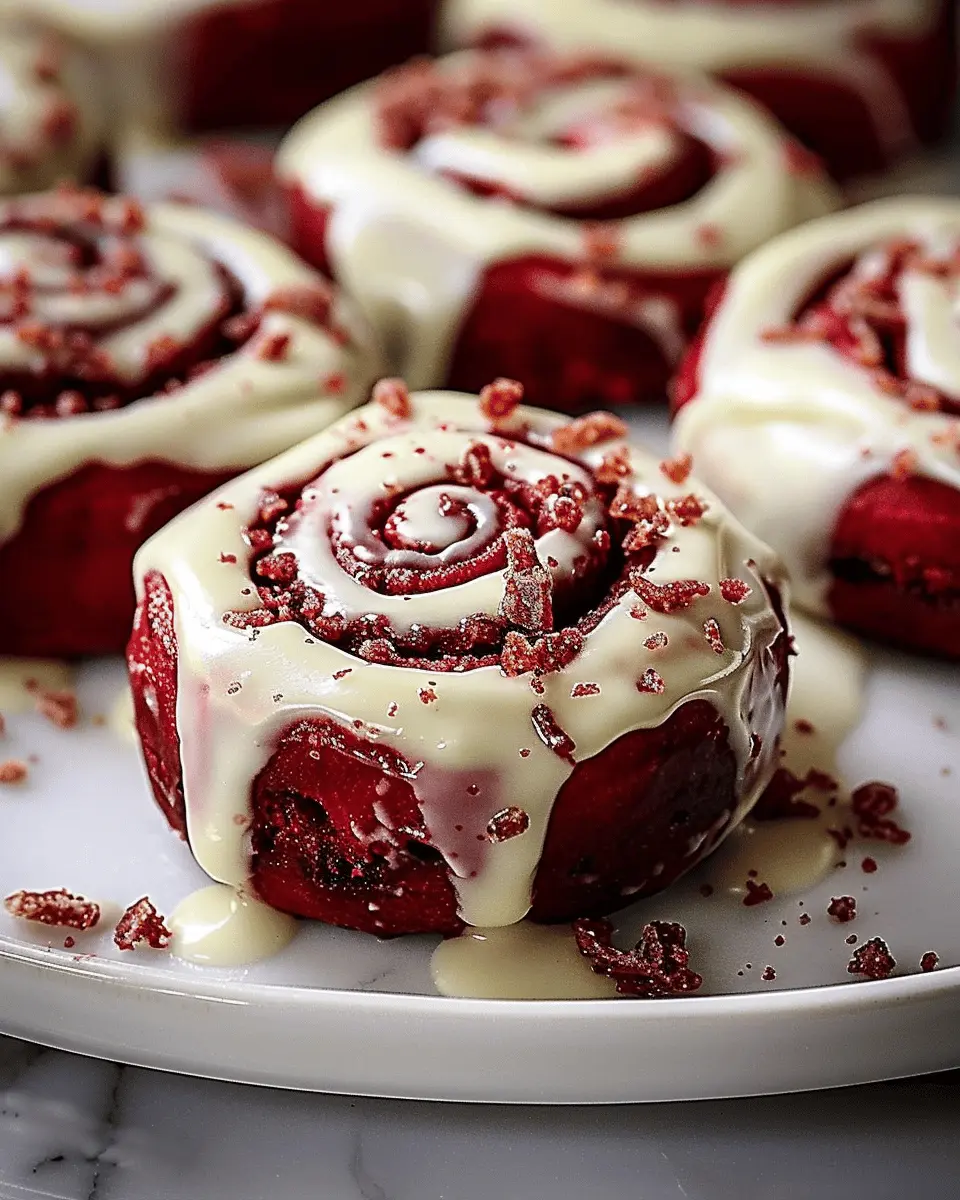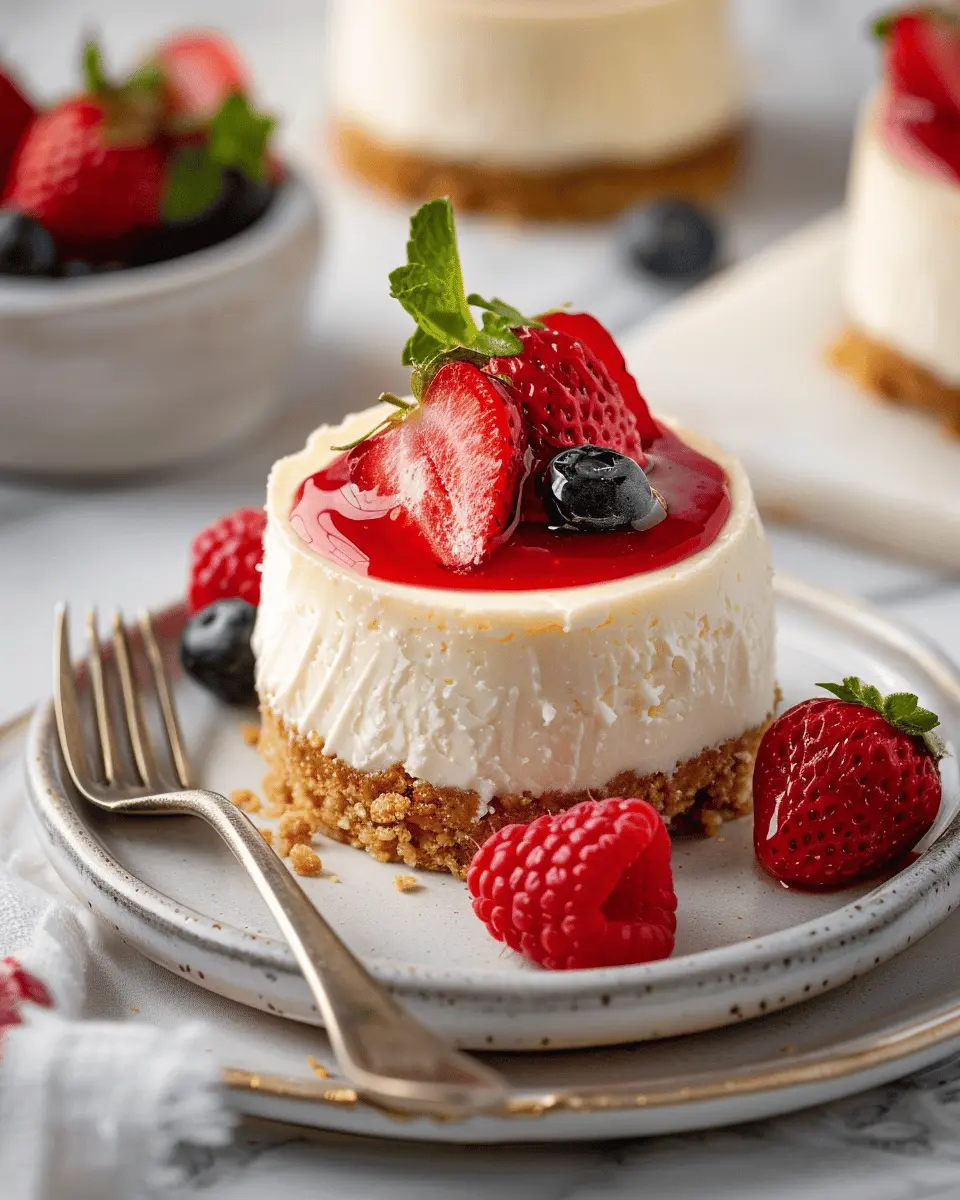Introduction to How to Make Pizza Dough
If you’re a young professional juggling a demanding career and a busy social life, you may often find yourself reaching for takeout menus instead of cooking at home. However, learning how to make pizza dough can be a real game changer. Not only is homemade pizza dough delicious, but it also gives you the flexibility to create your own unique flavors, all while saving you money.
Think about it: after a long day at work, there’s nothing quite like the aroma of freshly baked pizza wafting through your kitchen. Crafting your own dough allows you to get creative with toppings—why not try turkey bacon or chicken ham? Satisfying your cravings for comfort food can be as simple as kneading some dough.
Making pizza dough is easier than you think! With just a few basic ingredients—flour, water, salt, and active dry yeast—you can whip up a batch in no time (and don’t worry; we’ll include a full recipe below). Not to mention, homemade pizza is often healthier than store-bought options, giving you control over what’s in your food.
According to a study by the American Journal of Clinical Nutrition, preparing meals at home significantly contributes to better nutritional quality. So the next time you’re tempted to order in, consider soaking up the benefits of making your own pizza dough, not just for your taste buds but for your health as well.
You might be asking yourself, “Is it worthwhile to learn to make pizza dough?” The answer is a resounding yes! Beyond the flavor and health advantages, making pizza at home can become a fun bonding activity with friends or family. Whether you’re hosting game night or just unwinding after a long day, homemade pizza offers a chance to connect, create, and enjoy. So, let’s roll up our sleeves and dive into the satisfying art of how to make pizza dough!
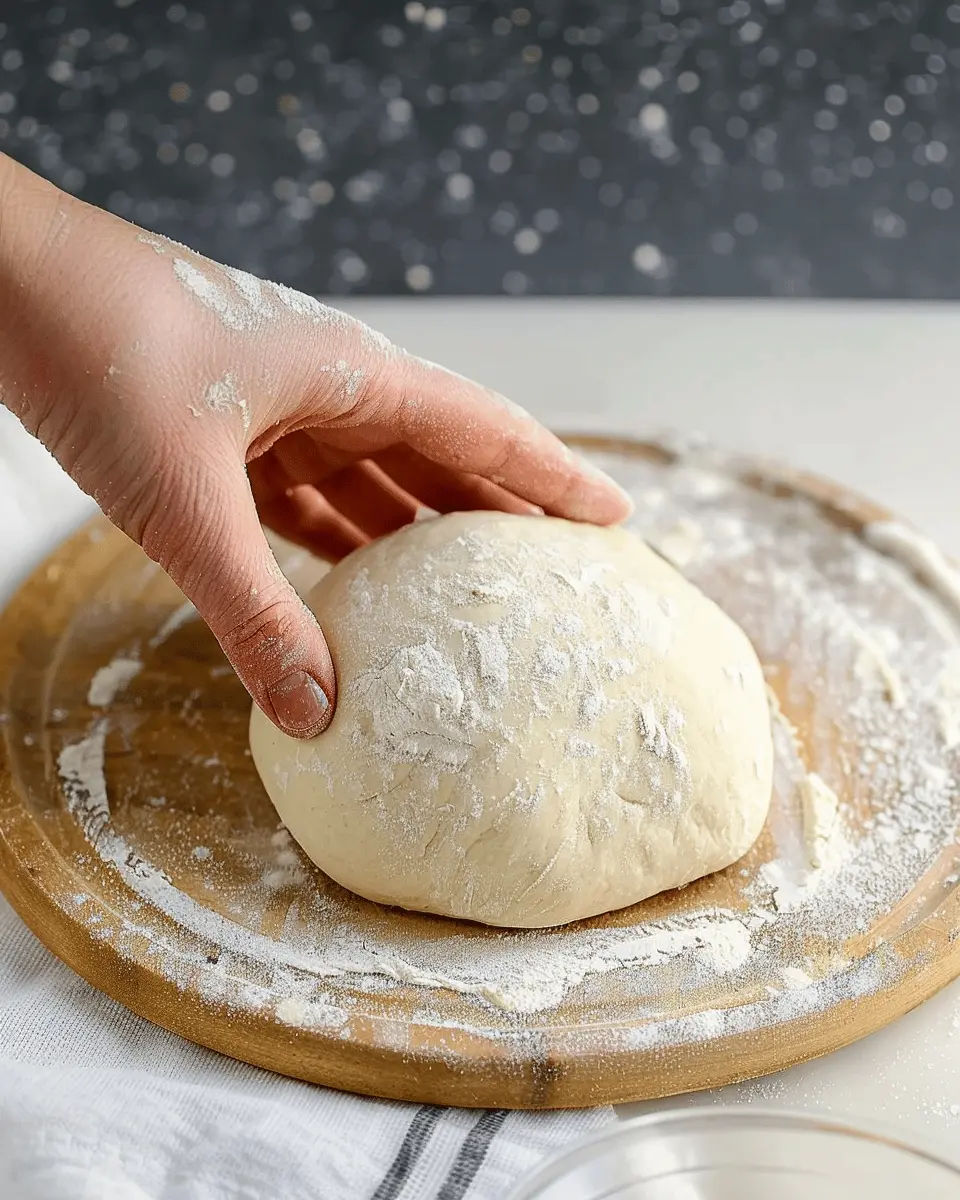
Ingredients for Homemade Pizza Dough
Essential ingredients for a basic pizza dough
When learning how to make pizza dough, having the right ingredients is crucial. For a simple yet delicious crust, you’ll need:
- All-purpose flour: This is your base. About 3 to 4 cups will give you a great texture.
- Active dry yeast: Essential for that airy rise; just a packet (2 ¼ teaspoons) will do.
- Warm water: A cup of this helps activate the yeast.
- Salt: Roughly 2 teaspoons to enhance flavor.
- Olive oil: A couple of tablespoons will give your dough a nice richness.
Optional ingredients for flavor and texture enhancements
If you want to elevate your pizza experience, consider these add-ins:
- Honey or sugar: Just a tablespoon can help the yeast activate and add a hint of sweetness.
- Semolina flour: A sprinkle adds texture and a slight crunch.
- Garlic powder or herbs: Mix in for an aromatic touch. Oregano and basil are popular choices!
For in-depth ideas on enhancing your homemade pizzas, check out resources like Serious Eats for professional tips.
Step-by-Step Preparation of Pizza Dough
Making your own pizza dough at home can be an incredibly rewarding experience, especially when you start with active dry yeast. Let’s walk through the process step-by-step, so you can create that perfect pizza base that will impress anyone who takes a bite!
Proofing the yeast
The first step in learning how to make pizza dough is to “wake up” the active dry yeast. Proofing ensures that your yeast is alive and ready to help your dough rise.
Here’s how to do it:
- In a small bowl, combine 1 teaspoon of sugar with 1 cup of warm water (about 110°F).
- Sprinkle 2 1/4 teaspoons of active dry yeast over the top of the water.
- Let this mixture sit for about 5-10 minutes. You should see bubbles forming, and it will become frothy. This is a great sign that your yeast is active!
If the yeast doesn’t bubble, it may be expired, and you’ll need to start again with fresh yeast. Learning about yeast can be quite fascinating – it’s like a tiny army working to make your pizza dough rise!
Preparing the dry ingredients
Now that your yeast is proofed and ready, it’s time to gather the dry ingredients. Using high-quality ingredients makes a significant difference in taste and texture.
You’ll need:
- 2 ½ cups of all-purpose flour
- 1 teaspoon of salt
- A light dusting of extra flour for kneading
In a large bowl, mix the flour and salt together. The salt is very important; it enhances the flavor of the dough. This is the foundation of your pizza, so take a moment to appreciate the simple elegance of these ingredients.
Combining ingredients to form the dough
Next, combine your dry ingredients with the proofed yeast. This is where the magic begins!
Follow these steps:
- Create a well in the center of your flour mixture and pour in the frothy yeast mixture.
- Using a fork or a wooden spoon, gently stir the flour into the wet ingredients until they begin to form a rough dough.
You’ll notice that the dough will look shaggy, and that’s totally fine! That rough appearance means you’re on the right track. If it’s too sticky, feel free to sprinkle in a little more flour.
Kneading the dough
Now it’s time to get your hands a little floury. Kneading is essential as it develops gluten, which gives your pizza crust its structure.
Here’s how to knead properly:
- Lightly flour a clean surface and place your dough onto it.
- Start by pressing down on the dough with the heel of your hand, then fold it over and give it a gentle push.
- Repeat this movement for about 8-10 minutes.
You’ll know your dough is ready when it’s smooth and elastic. A fun trick? Poke the dough; if it springs back, you’ve nailed it!
Setting the dough to rise
After kneading, it’s time to let the dough do its thing—rise! This is when it transforms from a compact ball into a light, airy dough.
To allow your dough to rise:
- Form the dough into a ball and place it in a lightly greased bowl.
- Cover the bowl with a clean kitchen towel or plastic wrap.
- Let it sit in a warm place for about 1-2 hours, or until it has doubled in size.
Why is this step so crucial? Well, a good rise means a fluffy crust that will beautifully hold your toppings, whether you’re indulging in turkey bacon or chicken ham.
And there you have it! These simple yet engaging steps are crucial in mastering how to make pizza dough. Once your dough is ready, you’re on your way to creating incredible homemade pizzas that will leave your friends and family craving more. Whether you’re topping it with fresh veggies or your favorite meats like beef or turkey bacon, the possibilities are endless!
For more tips on the nuances of pizza making, check out resources like Serious Eats or Bon Appétit. Happy pizza making!

Variations of Pizza Dough
Making pizza is an art, and the dough is your canvas. There’s plenty of room for creativity when it comes to crafting the perfect base. Here’s how to diversify your pizza dough and impress your friends on pizza night!
Whole Wheat Pizza Dough
If you’re aiming for a nutritious twist, consider whole wheat pizza dough. It adds a hearty flavor while upping the fiber content. Simply substitute half or all of the all-purpose flour with whole wheat flour in your recipe. This not only enriches the taste but makes your pizza a more wholesome meal. For a step-by-step guide on how to make pizza dough using whole wheat flour, check out this resource.
Gluten-Free Pizza Dough Options
For those avoiding gluten, there are several excellent options. Blends of gluten-free flours (like almond or chickpea flour) work well for pizza dough. Look for pre-packaged gluten-free flour blends that contain xanthan gum for added elasticity. Many brands, like Bob’s Red Mill, offer fantastic mixes specifically designed for baking. These flours can help you achieve that delightful crust without the gluten!
Herb-Infused Pizza Dough
Elevate your pizza’s flavor by infusing the dough with fresh herbs. Simply add chopped basil, oregano, or rosemary to your dry ingredients when preparing your dough. The aroma while baking is simply irresistible. You could even experiment with dried herbs if fresh isn’t available. This adds a gourmet touch to your homemade pizza and is a great conversation starter at dinner parties!
By exploring these variations, you’ll not only learn how to make pizza dough but also craft unique experiences for every meal. So, which dough will you try first?
Cooking Tips and Notes for Pizza Dough
Common mistakes to avoid when making pizza dough
When learning how to make pizza dough, it’s easy to stumble over a few obstacles. Here are some common mistakes to keep in mind:
- Using cold ingredients: Always ensure your water is warm (not boiling!) to activate the yeast properly. Cold ingredients can hinder dough fermentation.
- Over-kneading: While it’s tempting to really work the dough, over-kneading can make it tough. Aim for a smooth, elastic texture without going overboard.
- Skipping the resting period: Allow your dough to rise! Giving it time to rest makes a major difference in texture and flavor.
Best practices for achieving the perfect crust
To create that crispy, chewy crust we all love, consider these best practices:
- Use high-quality flour: Opt for bread flour, which has a higher protein content than all-purpose flour, yielding a better rise.
- Don’t rush fermentation: Patience is key! Letting your dough rise slowly in the fridge overnight can enhance flavor and texture significantly.
- Preheat your oven: Get it nice and hot! A preheated oven creates the ideal conditions for a perfectly cooked crust.
These tried-and-true tips are foundational for mastering your pizza-making skills. For more pizza tips, check out Serious Eats. Happy cooking!
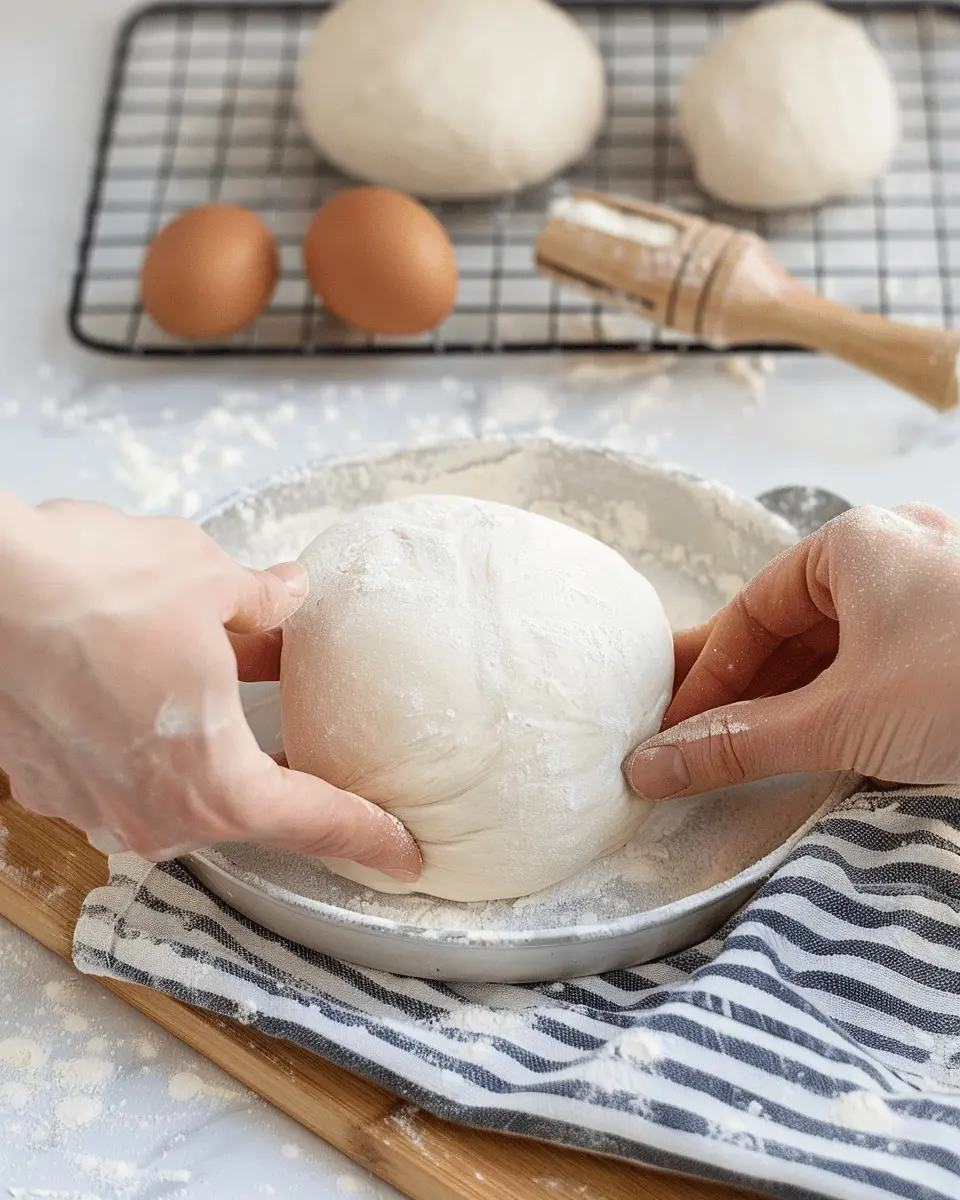
Serving Suggestions for Homemade Pizza
Creative topping combinations for a delicious pizza night
When you’re learning how to make pizza dough, the fun doesn’t stop once the dough is ready. Get creative with your toppings! Here are some tantalizing combinations to try:
- Mediterranean Delight: Olive oil base, fresh spinach, feta cheese, sun-dried tomatoes, and a sprinkle of oregano.
- Meat Lovers’ Twist: Tomato sauce, shredded mozzarella, turkey bacon, chicken ham, and beef sausage topped with a drizzle of BBQ sauce.
- Veggie Supreme: Pesto base, mixed bell peppers, red onions, mushrooms, artichokes, and dollops of ricotta.
Each option brings a unique flavor profile that can transform your pizza night into a culinary adventure!
Presentation tips for an impressive pizza spread
Now that you’ve mastered the dough, let’s talk about how to present your pizzas. A great presentation elevates the whole experience:
- Use a wooden pizza board to serve your creations—it adds a rustic charm.
- Garnish with fresh herbs like basil or parsley to add color.
- Create a dipping station with olive oil, balsamic vinegar, and spicy marinara.
Pairing your pizza with a refreshing homemade lemonade or sparkling water makes for a delicious meal that’s visually stunning! For more tips on entertaining, check out thekitchn.com.
Time Breakdown for Making Pizza Dough
When you’re excited to whip up some delicious homemade pizza, it’s crucial to understand the timeline for making pizza dough. Here’s a quick breakdown to help you plan your pizza night!
Preparation Time
How to make pizza dough starts with the ingredients. Measuring and mixing takes about 10-15 minutes. This is your chance to personalize the flavor – do you like extra herbs?
Rising Time
Patience is key here! Let your dough rise for around 1 to 1.5 hours until it’s doubled in size. This fermentation is essential for developing that lovely flavor and chewy texture.
Total Time
From start to pizza-ready dough, you’re looking at roughly 1.5 to 2 hours. Don’t forget, this time is totally worth it for that fresh, homemade taste!
For more details on ingredient ratios and baking times, check out resources like Serious Eats or King Arthur Baking. You won’t regret the effort; making your own pizza dough can become a weekly ritual!
Nutritional Facts for Pizza Dough
When you’re learning how to make pizza dough, understanding its nutritional values can help you make healthier choices. Here’s a quick overview of what to expect from a standard serving of pizza dough.
Calories per Serving
Typically, one serving of homemade pizza dough contains about 250-300 calories. This can vary depending on the specific ingredients and portion size you use, so keep that in mind as you customize your pizza!
Macronutrient Breakdown
- Carbohydrates: 50-60g – The primary source of energy in pizza dough, mainly from flour.
- Protein: 7-10g – Essential for muscle repair, mostly from the flour and any added toppings.
- Fats: 2-4g – Generally low unless you add oils or toppings like cheese.
For more detailed insights on pizza dough nutrition, you can visit USDA or check out Healthline for balanced diet tips.
Whether you’re gearing up for a cozy night in or hosting friends, knowing these facts lets you enjoy your pizza guilt-free. Happy cooking!
FAQs about Making Pizza Dough
Can I make pizza dough ahead of time?
Absolutely! Making pizza dough in advance can save you time during busy weeknights or weekend gatherings. You can prepare the dough up to 24 hours beforehand. Just let it rise until doubled in size, then punch it down and store it in an airtight container in the refrigerator. When you’re ready to use it, take it out and let it come to room temperature for about 30 minutes before shaping your pizza.
Tips for storing leftover pizza dough
If you have extra dough, don’t throw it away! Here’s how to keep it fresh:
- Refrigerate: Place the dough in a lightly oiled bowl, cover it tightly, and keep it in the fridge. It should last up to 3 days.
- Freeze: For longer storage, wrap the dough tightly in plastic wrap and then in foil. It can be frozen for up to 3 months. When you’re ready to use it, thaw it in the fridge overnight and allow it to come to room temperature before rolling.
What can I do if my pizza dough doesn’t rise?
If your dough isn’t rising, don’t worry; it’s often a simple fix. Here are a few tips:
- Check your yeast: Ensure that your active dry yeast is fresh. If it’s expired, it won’t work effectively.
- Warm environment: Yeast thrives in a warm environment. Try placing your dough in a draft-free spot, or use the oven (turned off) with the light on to provide a cozy, warm atmosphere for rising.
- Time: Sometimes, it just needs a bit more time. Patience can go a long way in the kitchen!
For more expert tips on yeast and dough rising, check out the resources at The Kitchn and King Arthur Baking.
These FAQs should help you navigate some common pizza dough questions, so you can master how to make pizza dough like a pro!
Conclusion on How to Make Pizza Dough
Making your own pizza dough at home is a delightful experience that brings together creativity and comfort. The satisfaction of kneading your dough and watching it rise is something truly special. Not only can you customize your pizza with your favorite toppings, like Turkey Bacon and Chicken Ham, but you also gain complete control over the ingredients, ensuring freshness and quality.
Remember, the process of how to make pizza dough is as enjoyable as the final product. So gather your friends, roll up your sleeves, and turn your kitchen into a pizzeria. You’ll be amazed at how easy it is to whip up delicious, homemade pizza that will impress your taste buds and your guests alike. For more tips on perfecting your pizza night, check out food blogs like Serious Eats or America’s Test Kitchen. Happy pizza making!
how to make pizza dough with active dry yeast for a perfect crust
This guide will help you create the perfect pizza dough using active dry yeast.
- Prep Time: 10 minutes
- Cook Time: 15 minutes
- Total Time: 1 hour 25 minutes
- Yield: 1 pizza 1x
- Category: Pizza
- Method: Baking
- Cuisine: Italian
- Diet: Vegetarian
Ingredients
- 2 cups all-purpose flour
- 1 teaspoon salt
- 1 tablespoon sugar
- 1 packet active dry yeast
- 3/4 cup warm water
- 2 tablespoons olive oil
Instructions
- In a bowl, combine warm water and sugar, then stir in the yeast and let it sit until foamy.
- In a mixing bowl, combine flour and salt.
- Add the yeast mixture and olive oil to the flour, then mix until a dough forms.
- Knead the dough on a floured surface for about 5-7 minutes.
- Place the dough in a greased bowl, cover, and let rise for an hour.
- Once risen, punch down the dough and roll it out to your desired shape.
- Add toppings and bake in a preheated oven at 475°F (245°C) for 12-15 minutes.
Notes
- Ensure your yeast is fresh for best results.
- Let the dough rise in a warm place for optimal texture.
Nutrition
- Serving Size: 1 slice
- Calories: 200
- Sugar: 1g
- Sodium: 300mg
- Fat: 7g
- Saturated Fat: 1g
- Unsaturated Fat: 6g
- Trans Fat: 0g
- Carbohydrates: 30g
- Fiber: 2g
- Protein: 6g
- Cholesterol: 0mg
Keywords: how to make pizza dough, active dry yeast, perfect crust






